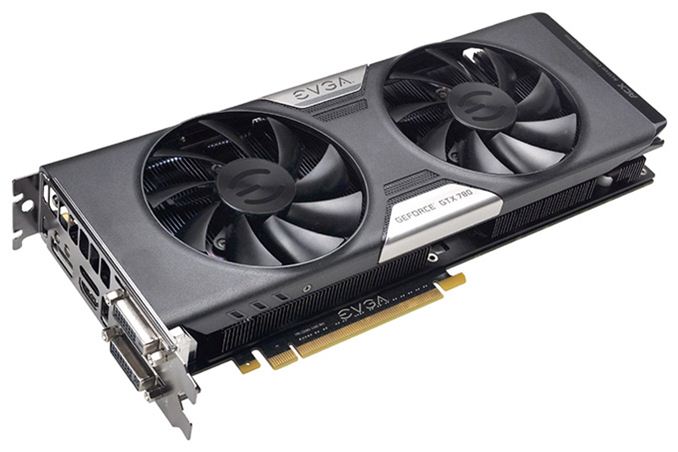 Looking at the launch of the GeForce GTX 780 in retrospect, one of the
more unusual aspects of the 780 was just how close NVIDIA let their
lower-tier GK110 card get to the upper-tier GTX Titan. GTX 780 was able
to deliver 90% of GTX Titan’s performance, but did so at just 65% of the
price of GTX Titan.
Looking at the launch of the GeForce GTX 780 in retrospect, one of the
more unusual aspects of the 780 was just how close NVIDIA let their
lower-tier GK110 card get to the upper-tier GTX Titan. GTX 780 was able
to deliver 90% of GTX Titan’s performance, but did so at just 65% of the
price of GTX Titan.Now a 10% performance gap is a fairly common gap for high-end NVIDIA cards. The price gap on the other hand is clearly wider than normal. For example, in the last generation the GTX 680 and GTX 670 were separated by roughly the same performance gap, but the GTX 670 came in at 80% the price of the GTX 680, not 65%. Ultimately NVIDIA’s “prosumer” positioning made Titan a very expensive card for gaming, with the end result being that the more strictly gaming focused GTX 780 could deliver very similar performance at a much lower price tag.
